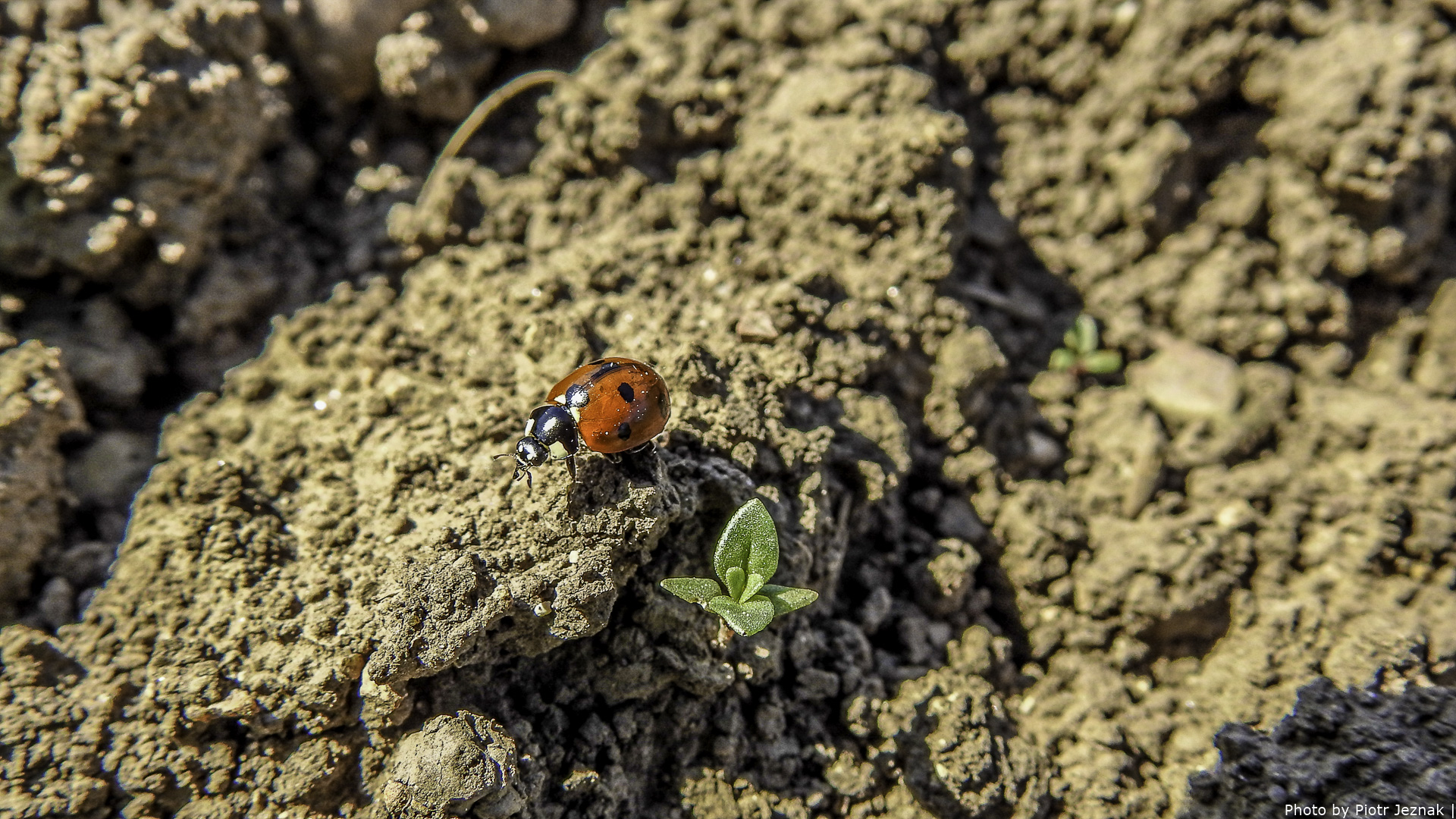

Kluwer Academic Publishers Dordrecht Boston London. 11th International Congress of Entomology, Vienna 1960 2: 696–697. Essential and alternative food in insects. The influence of various aphid species as food for two lady-birds Coccinella 7-punctata L. The larval food consumption of Coccinella 7-punctata L. as prey of the ladybird beetle Coccinella septempunctata L. Rodriguez (eds), Nutritional Ecology of Insects, Mites, Spiders and Related Invertebrates. Nutritional ecology of terrestrial insect predators.

Mass-multiplication technique of coccinellid predator, ladybird beetle ( Brumoides suturalis). Effect of host plant on the developmental stages of Heliothis armigera. Insect Predator-Prey Dynamics: Ladybird Beetles and Biological Control. Studies on the host preference of Cheilomenes sexmaculata (Fabr.) (Coleoptera: Coccinellidae). Are ant aphid associations a tritrophic interaction? Oleander aphids and Argentine ants. Selection of aphid prey by Adalia bipunctata L. The influence of aphid prey consumption on searching behaviour, weight increase, developmental time, and mortality of Chrysopa carnea (Neuroptera: Chrysopidae) and Hippodamia convergens (Coleoptera: Coccinellidae) larvae. Univ., Rajendra Nagar, Hyderabad, India.īaumgaertner, J.U., A.P. A Study of Factors Affecting the Dissemination of the Predatory Beetle, Coccinella septempunctata L.

Biochemical basis for the food preference of a predator beetle. Tropical Pest Management 34: 1–14.Ītwal, A.S. Prey records of aphidophagous Coccinellidae in India. Use of alternative food in rearing of aphidophagous ladybeetle, Menochilus sexmaculatus Fabr. septempunctata by supplyingthe best food and can also help in theprediction of the relative abundance of theladybird on different aphid infestations in thefields.Īgarwala, B.K. Thus, the presentinformation can be utilized for the massrearing of C. On the basis of thesefindings, the order of suitability of aphidspecies for C. Regression analyses of thedata revealed linear relationships betweendevelopment rate and weight of adult dailyprey consumption and relative growth rate logweight of adult male and female and longevityand fecundity of female. Theweights of different ladybird life stages weremaximal after feeding on L. Immaturesurvival, adult emergence, growth index,relative growth rate, development rate, maleand female longevity, oviposition period,fecundity and hatching percent were maximal, i.e. erysimi and longest(22.85 ± 0.10 days) on A. Pre-adultdevelopment was shortest (13.93 ± 0.12 days)when fed on L. septempunctata and may suggest methods for improving the application of this natural enemy insect.Pre-imaginal development, immaturesurvival, and reproduction of a ladybird, Coccinella septempunctata Linnaeus, werestudied in response to six aphid species, Aphiscraccivora Koch, Aphis gossypii Glover, Aphis nerii Boyer de Fonscolombe, Lipaphis erysimi (Kaltenbach), Myzuspersicae (Sulzer) and Uroleuconcompositae (Theobald) to quantify theirrelative suitability as prey. These results contribute to the understanding of diapause mechanisms of the ladybird C. By contrast, isocitrate dehydrogenase (RH49423p), fumarylacetoacetate hydrolase (AGAP001942-PA), and a putative medium chain acyl-CoA dehydrogenase were downregulated. Among these proteins, five proteins were upregulated in diapausing female adults, including a chaperone (Symbionin symL), malate dehydrogenase (putative), two proteins linked to lipid metabolism (unknown and conserved hypothetical protein) and phosphoglyceromutase (partial). Eight proteins were characterized, including chaperones and proteins involved in glucose metabolism, lipid metabolism, and the tricarboxylic acid cycle. Sixteen protein spots were further investigated using mass spectrometry. A total of 58 spots showed significant differences in abundance (Ratio > 2 and P < 0.05) according to two-dimensional electrophoresis and GE Image Scanner III analysis. Our results indicated that protein expression patterns of diapausing and nondiapausing individuals were highly differentiated. as a model to identify diapause-associated proteins using proteomics technology. In the experiments reported here, we used the female ladybird Coccinella septempunctata L.


 0 kommentar(er)
0 kommentar(er)
